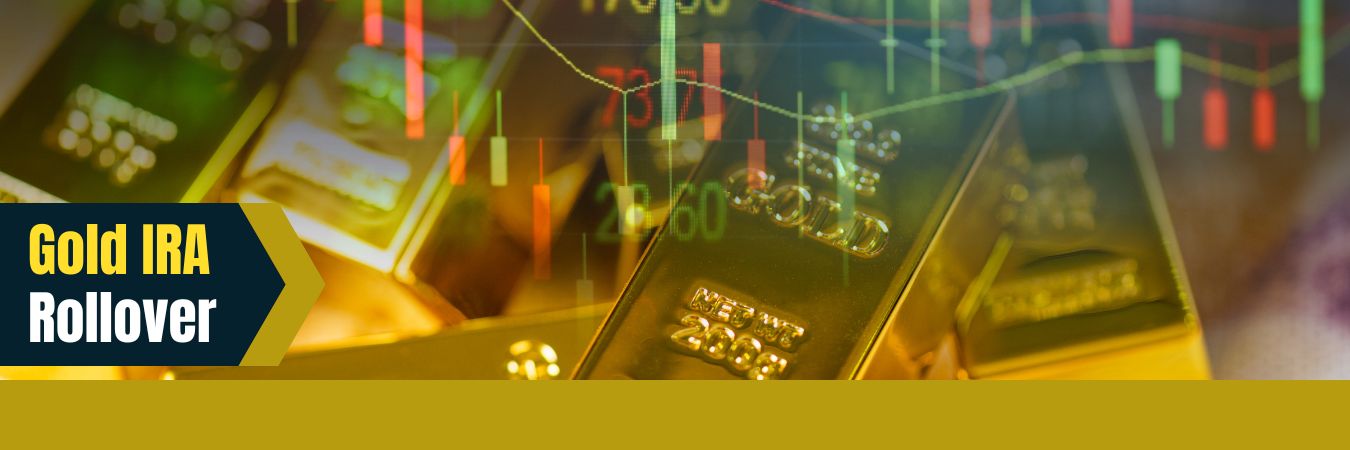Introduction
In recent years, the investment landscape has seen a rising curiosity in various property, significantly gold. As a hedge towards inflation and financial instability, gold has historically been seen as a protected haven for investors. This report aims to explore the method, benefits, and considerations involved in transferring a person Retirement Account (IRA) to gold, providing a complete guide for those seeking to diversify their retirement portfolios.
Understanding IRAs and Gold Investments
An individual Retirement Account (IRA) is a tax-advantaged account designed to help people save for retirement. Conventional IRAs enable people to contribute pre-tax income, whereas Roth IRAs are funded with after-tax income. Each kinds of IRAs have specific guidelines relating to withdrawals and tax implications.
Gold investments can take varied types, together with physical gold (coins and bars), gold ETFs (change-traded funds), and gold mining stocks. Nevertheless, not all gold investments are eligible for inclusion in an IRA. To put money into gold via an IRA, one should make the most of a self-directed IRA, which provides the flexibility to hold different belongings like precious metals.
The Means of Transferring an IRA to Gold
Transferring an IRA to gold includes several key steps:

- Choose a Self-Directed IRA Custodian: Step one is to pick a custodian who focuses on self-directed IRAs. This custodian will hold the gold and manage the account on your behalf. It’s essential to analysis and choose a reputable custodian with expertise in treasured metals.
- Open a Self-Directed IRA Account: As soon as a custodian is chosen, the following step is to open a self-directed IRA account. This process sometimes includes filling out an software, providing identification, and agreeing to the custodian’s phrases and conditions.
- Fund the Account: After opening the account, you may fund it by way of a transfer from an current IRA or a rollover from a certified retirement plan, resembling a 401(k). It is essential to make sure that the switch is finished correctly to keep away from tax penalties.
- Select the Gold Investment: With the self-directed IRA funded, you can now choose the kind of gold funding you want to make. This might embrace buying bodily gold, gold ETFs, or shares in gold mining corporations. If selecting physical gold, be sure that it meets the IRS requirements for purity and storage.
- Buy and Retailer the Gold: Once the investment is chosen, the custodian will facilitate the acquisition of the gold. If you have any queries about where and how to use gold-ira.info, you can speak to us at the web-page. If bodily gold is acquired, it should be stored in an IRS-permitted depository. The custodian will typically handle this storage arrangement.
- Maintain Compliance: It’s critical to keep up compliance with IRS regulations concerning self-directed IRAs and gold investments. This consists of making certain that each one transactions are conducted through the custodian and that personal use of the gold is averted, as this could trigger penalties.
Advantages of Transferring an IRA to Gold
Investing in gold via a self-directed IRA affords several benefits:

- Hedge Towards Inflation: Gold has traditionally been seen as a hedge in opposition to inflation. As the worth of currency decreases, gold tends to retain its value, making it a pretty possibility for preserving buying power.
- Portfolio Diversification: Together with gold in an investment portfolio can provide diversification, reducing general danger. Gold often moves independently of stock and bond markets, making it a precious asset during economic downturns.
- Tax Advantages: By transferring an IRA to gold, buyers can benefit from the tax advantages related to IRAs. Conventional IRAs permit for tax-deferred growth, while Roth IRAs supply tax-free withdrawals in retirement.
- Tangible Asset: Unlike stocks or bonds, gold is a tangible asset that can provide a sense of safety. In occasions of financial uncertainty, having physical gold can offer peace of thoughts.
Concerns and Risks
While there are quite a few benefits to transferring an IRA to gold, there are additionally dangers and issues to keep in mind:
- Market Volatility: The value of gold might be unstable, influenced by various factors resembling geopolitical events, curiosity rates, and financial information. Traders should be prepared for value fluctuations and understand that gold does not generate revenue like dividends or curiosity.
- Storage and Insurance Costs: Storing bodily gold incurs prices, including storage charges and insurance. These prices can eat into potential profits, so it is crucial to factor them into the general funding technique.
- Regulatory Compliance: Navigating the laws surrounding self-directed IRAs and gold investments may be complicated. Failure to adjust to IRS rules may end up in penalties and taxes, making it crucial to stay informed and work with educated professionals.
- Liquidity Issues: Selling gold can take time, and finding a buyer may not all the time be straightforward. Investors should consider their liquidity wants and guarantee they have a plan for accessing funds when obligatory.
Conclusion
Transferring an IRA to gold could be a strategic transfer for traders in search of to diversify their retirement portfolios and protect towards economic uncertainty. By understanding the method, benefits, and dangers involved, people can make knowledgeable choices that align with their monetary objectives. As with every investment, it’s advisable to conduct thorough analysis and seek the advice of with monetary professionals to make sure a successful transition to gold investments within an IRA.
References
- Inside Revenue Service (IRS) pointers on self-directed IRAs and treasured metals.
- Financial information articles discussing market developments in gold and its role in funding portfolios.
- Analysis papers on the historical performance of gold as an asset class.
